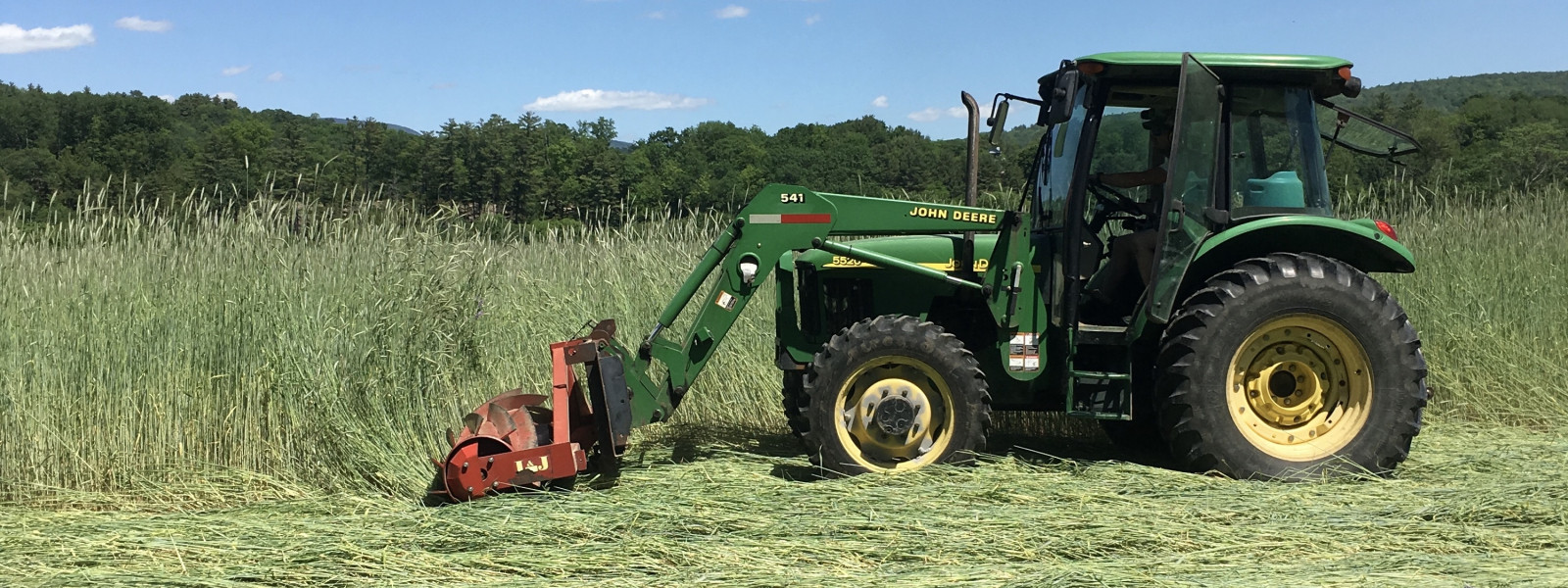
Tips
You searched for damage and found 23 tips.
- Pest: Cabbage Worm – Cabbage worms are very common on cabbage plants and their relatives. Often times you spot their damage before their camouflaged bodies. Read more →
- Pest: Cucumber Beetles – Cucumber beetles are a small, yellow, oval beetle, smaller and more oval than a potato beetle. There are two types: the spotted cucumber is yellow with black stripes; the spotted cucumber beetle is yellow with black spots. Read more →
- Pest: Earwigs – Wet weather bring masses of earwigs which wreak havoc on your plants close to the ground, especially those that have hollow stem or are very moist like lettuce, cabbage, and many other greens. Read more →
- Pest: Flea Beetles – Flea Beetles are tiny little shiny, black beetle that hop away when you approach plants. Read more →
- Pest: Hornworm Caterpillar – Hornworm caterpillars are a pest. They can get huge while munching on your tomato plants. The best method for control in the home garden is hand picking. Understanding their lifecycle is a good place to start. Read more →
- Pest: Japanese Beetle – Adult Japanese beetles are iridescent green with copper wing covers and are, unfortunately, very common in gardens in mid-summer. Read more →
- Pest: Leafhopper – If your legume leaves are turning yellow, potato leaves are turning brown or your rose leaves are stippled with white, you might have leafhoppers. Read more →
- Pest: Root Maggot – Root maggots particularly plague Brassica crops, able to detect easily your newly planted and delicate seedlings. Stop them before they become established! Read more →
- Pest: Rose Chafer – These beetle-like bugs are very common. Unfortunately they are not friends. They can skeletonize the leaves of your plants quickly and thoroughly. Read more →
- Pest: Slugs – Wet weather brings slugs which wreak havoc on your plants close to the ground, especially those that are very moist like lettuce, cabbage, and many other greens. Read more →
